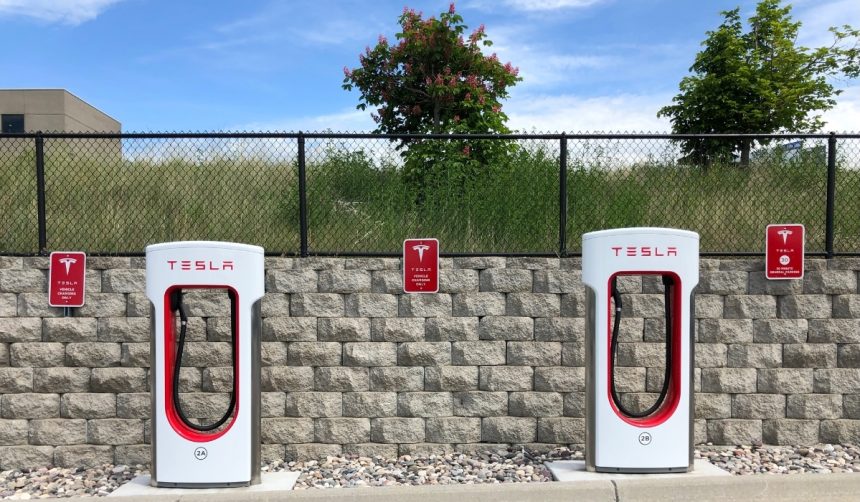Tesla is expanding its use of Artificial Intelligence to manage the environmental impact of its manufacturing operations, highlighting a strategic shift toward sustainability within industrial settings. Factories play a crucial role in global carbon emissions, and Tesla’s approach could serve as a significant example for other manufacturers. The company’s latest Extended Impact Report for 2024 provides insight into how digital technology, especially AI, is being leveraged to reduce energy consumption and improve efficiency across different production facilities. While ecological efforts have long been a focus of Tesla’s public messaging, this report details several targeted steps being enacted at the operational level, hinting at the broader direction industrial automation could take in the years to come.
Earlier announcements from Tesla and assorted reports have periodically outlined individual energy-saving initiatives, such as integrating renewable power sources and focusing on material recycling. However, earlier versions of Tesla’s sustainability disclosures provided fewer specifics on the scope of AI integration in daily factory operations. New information published this year extends beyond past coverage by detailing precise AI-driven approaches in HVAC and air systems management, marking a development from tangential efficiency improvements to AI as a fundamental operational tool. No mention of AI interventions of this scale in factory HVAC or broad deployment across global sites had been as prominent publicly before these recent updates.
How Does Tesla Use AI to Optimize Factory Energy?
AI now governs most of the HVAC infrastructure at Gigafactory Nevada, forming part of Tesla’s ongoing strategy to make factory processes more environmentally conscious. The company describes,
“AI Control policy enables HVAC systems within each factory to work together to process sensor data, model factory dynamics, and apply control actions that safely minimize the energy required to support production.”
This system reduces the energy demand for fans and thermal output, and it was recently expanded to oversee entire chiller plants, creating a feedback loop that optimizes chilled water use and associated energy requirements.
Which Specific Technologies and Processes Are Being Enhanced?
A range of specialized controls support Tesla’s energy management goals. In 2023, optimization controls were added to plastics and paint shops at Gigafactory Texas, streamlining natural gas use. At Gigafactory Berlin, Hygrometric Control Logic for Air Handling Units brought annual savings of roughly 17,000 MWh. Furthermore, Gigafactory Nevada implemented energy-saving measures in its extraction of critical raw materials, reducing electricity usage by 9.5 GWh through N-Methylpyrrolidone refineries.
How Does AI Integration Affect Factory Operations?
Tesla’s AI systems mainly target climate control in areas and equipment crucial for production. The AI management system collaborates with existing standard control logic and can rapidly revert to traditional operations if anomalies arise, though the most recent period saw no such incidents. This dual-approach allows for both innovation and operational reliability, facilitating the safe adoption of automated controls on a large scale. Tesla considers these AI-driven controls to be an important step in reducing factory emissions while moving toward long-term phasing out of natural gas reliance.
Ongoing technological advancements highlight the operational balancing act between efficiency, safety, and sustainability in modern manufacturing. Tesla’s integration of AI across Gigafactory Nevada, Texas, Berlin-Brandenburg, and Fremont sets a benchmark in applying technological oversight at a facility level. Similar systems may become widely adopted as industries address tightening environmental regulations and societal expectations concerning the climate impact. Understanding precise operational data and responding dynamically to real-time production demands supports measurable improvements in energy usage and resource management. Organizations observing Tesla’s approach can evaluate how digital technologies might apply to their own contexts, and consider the benefits of automated controls for both energy efficiency and reliability.










